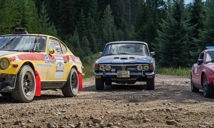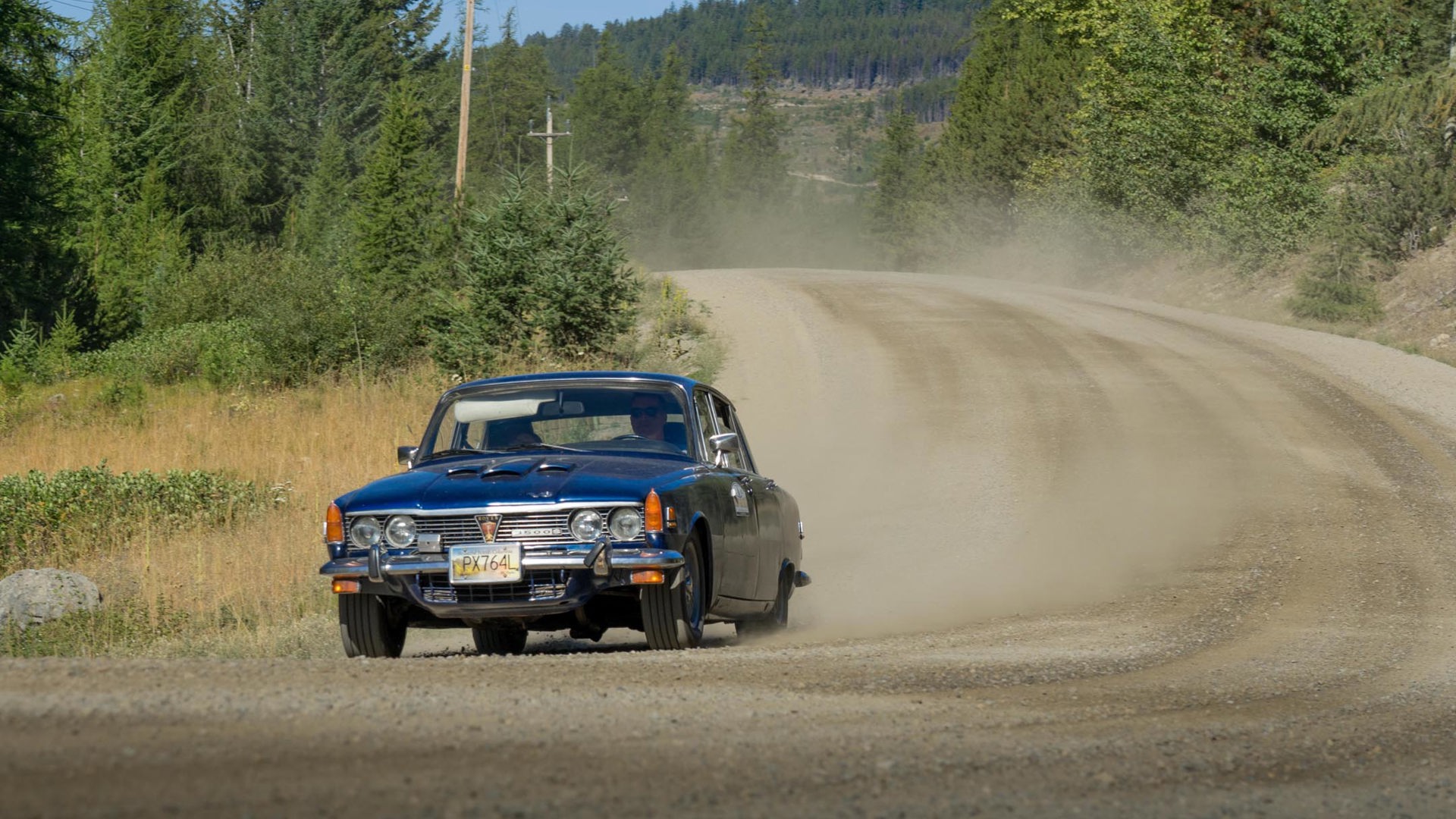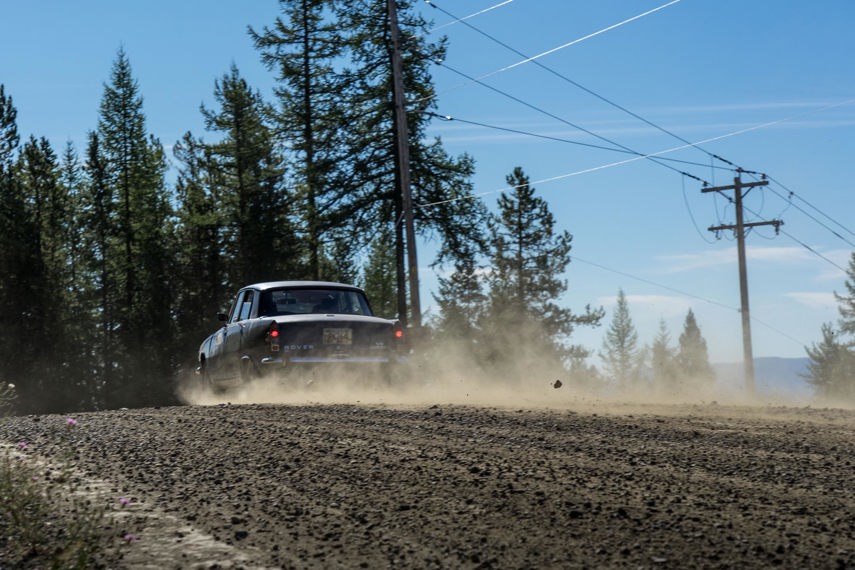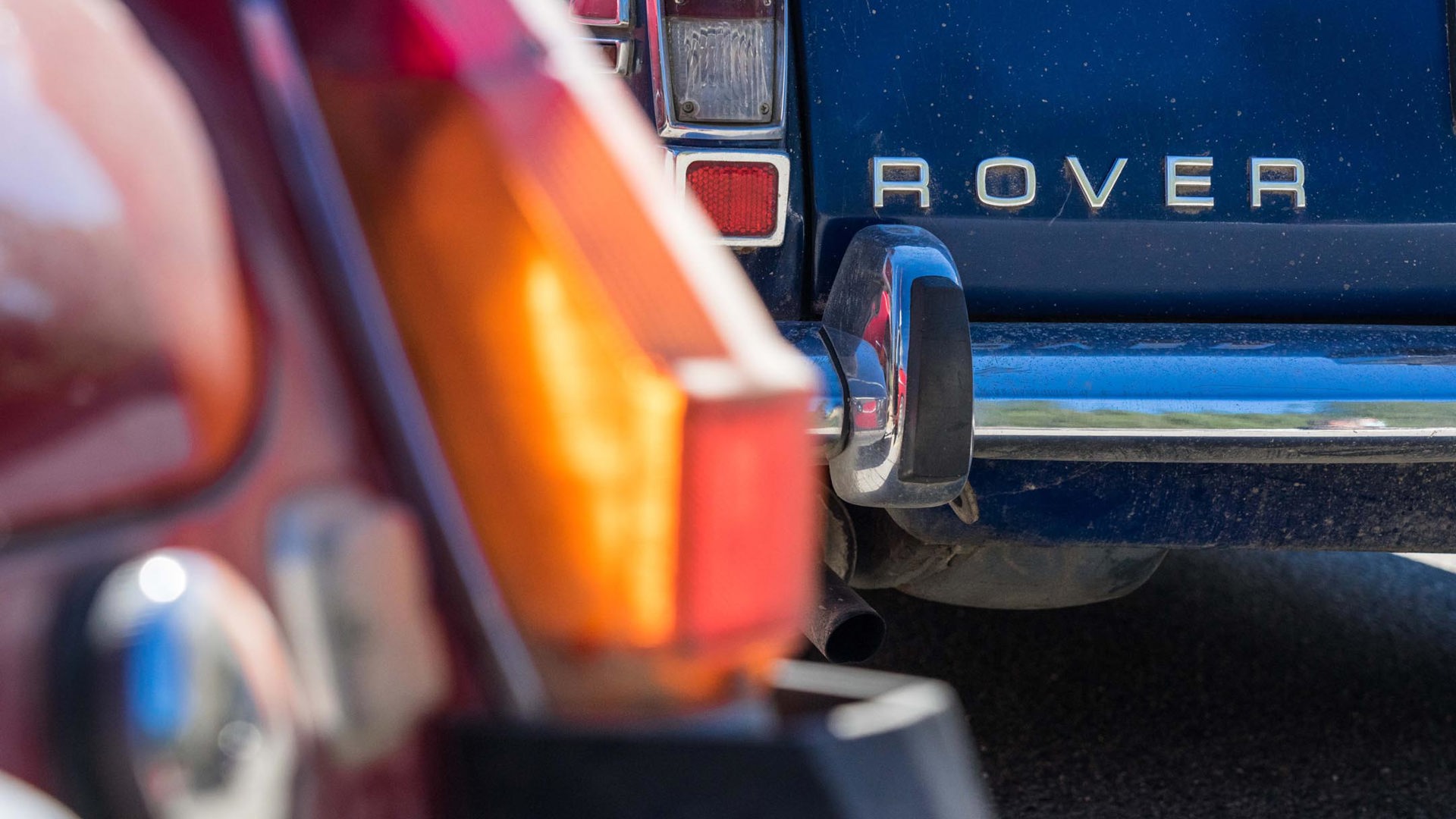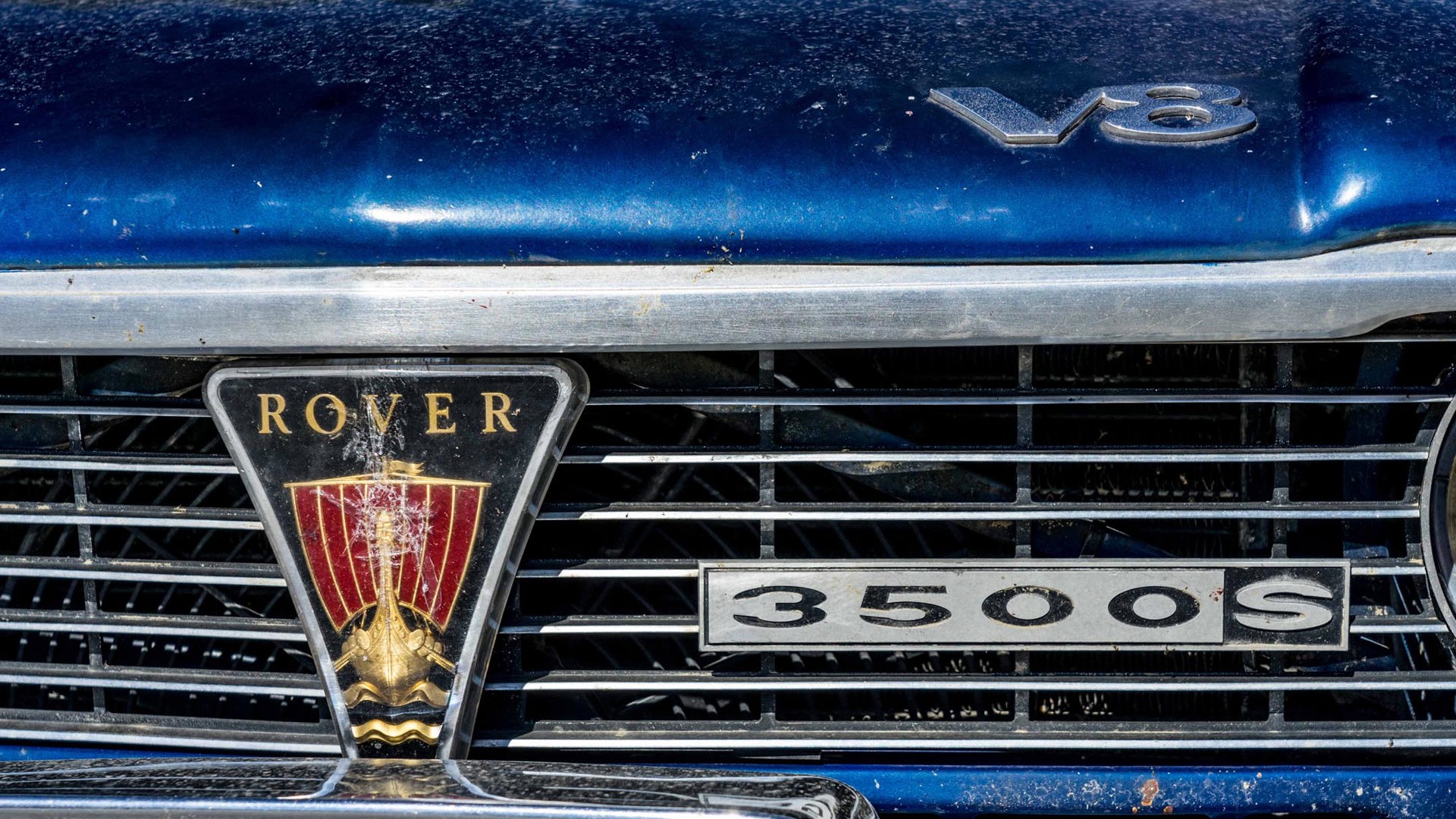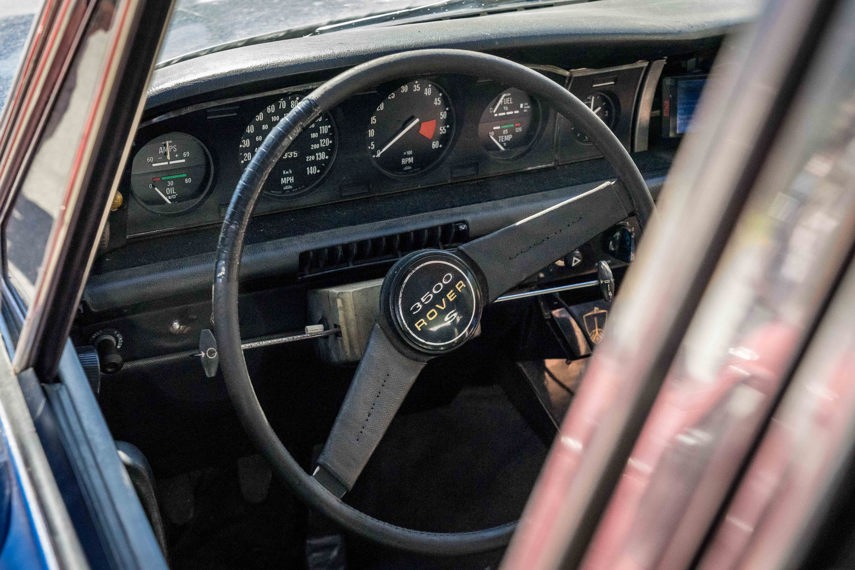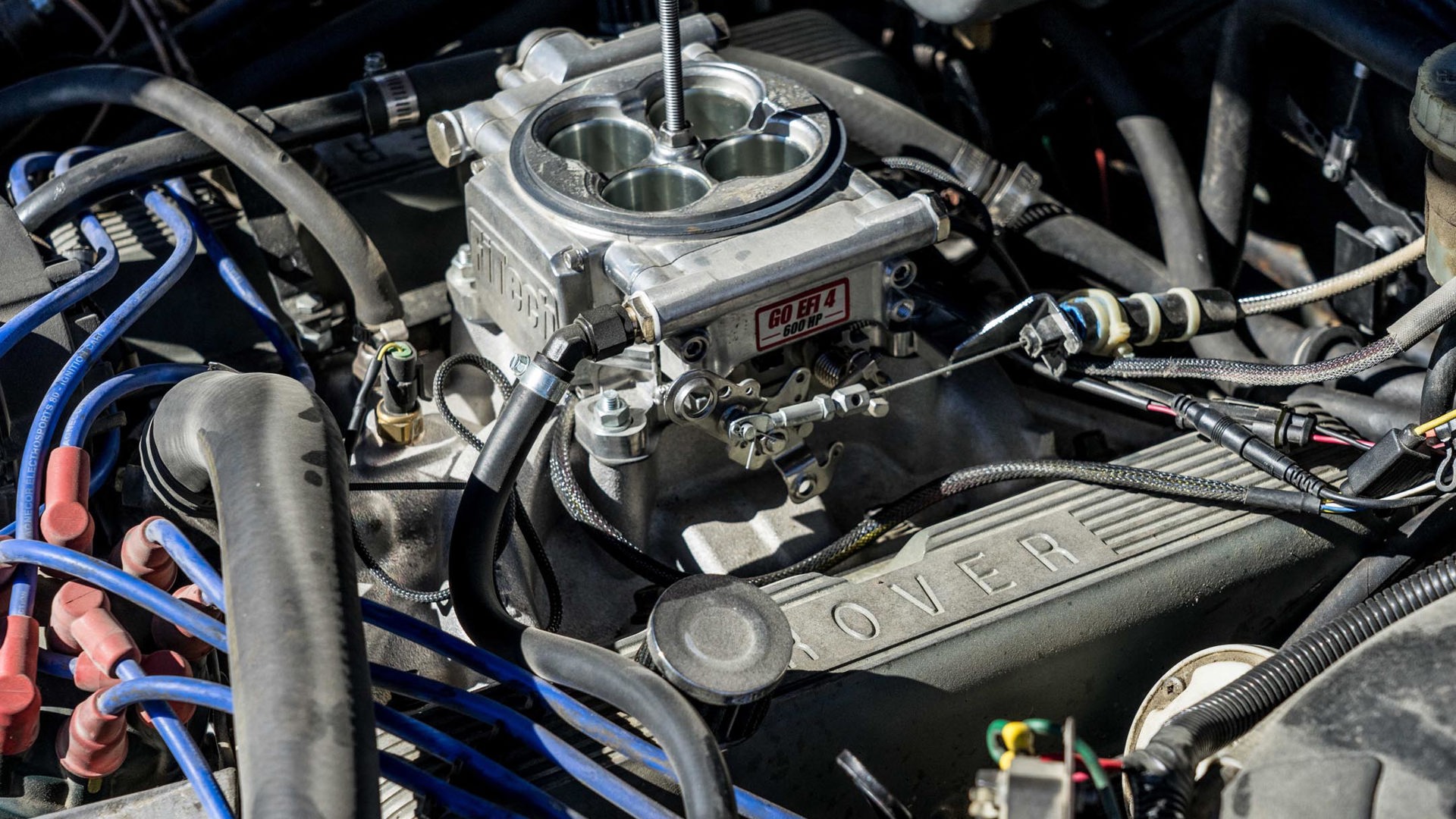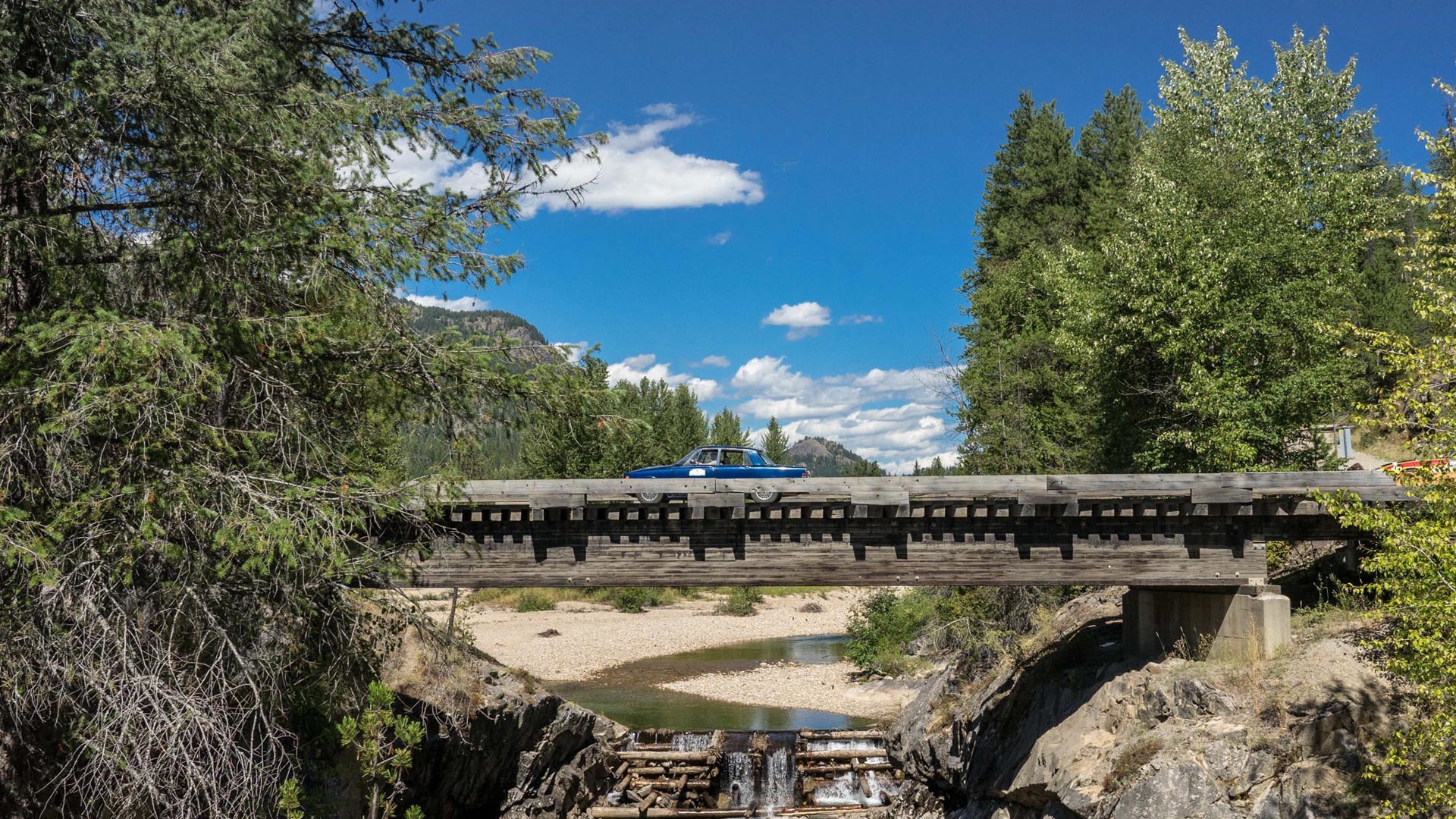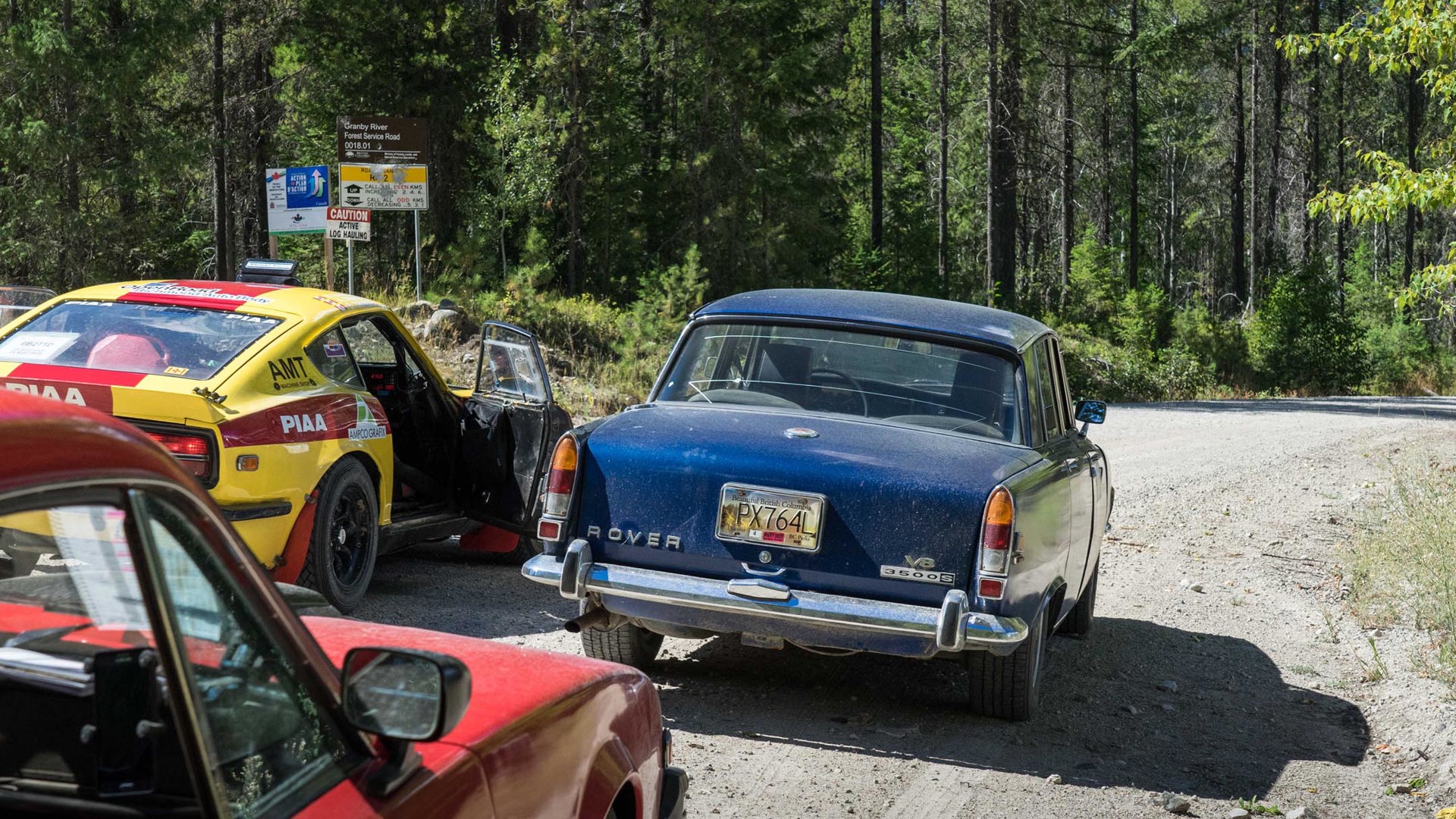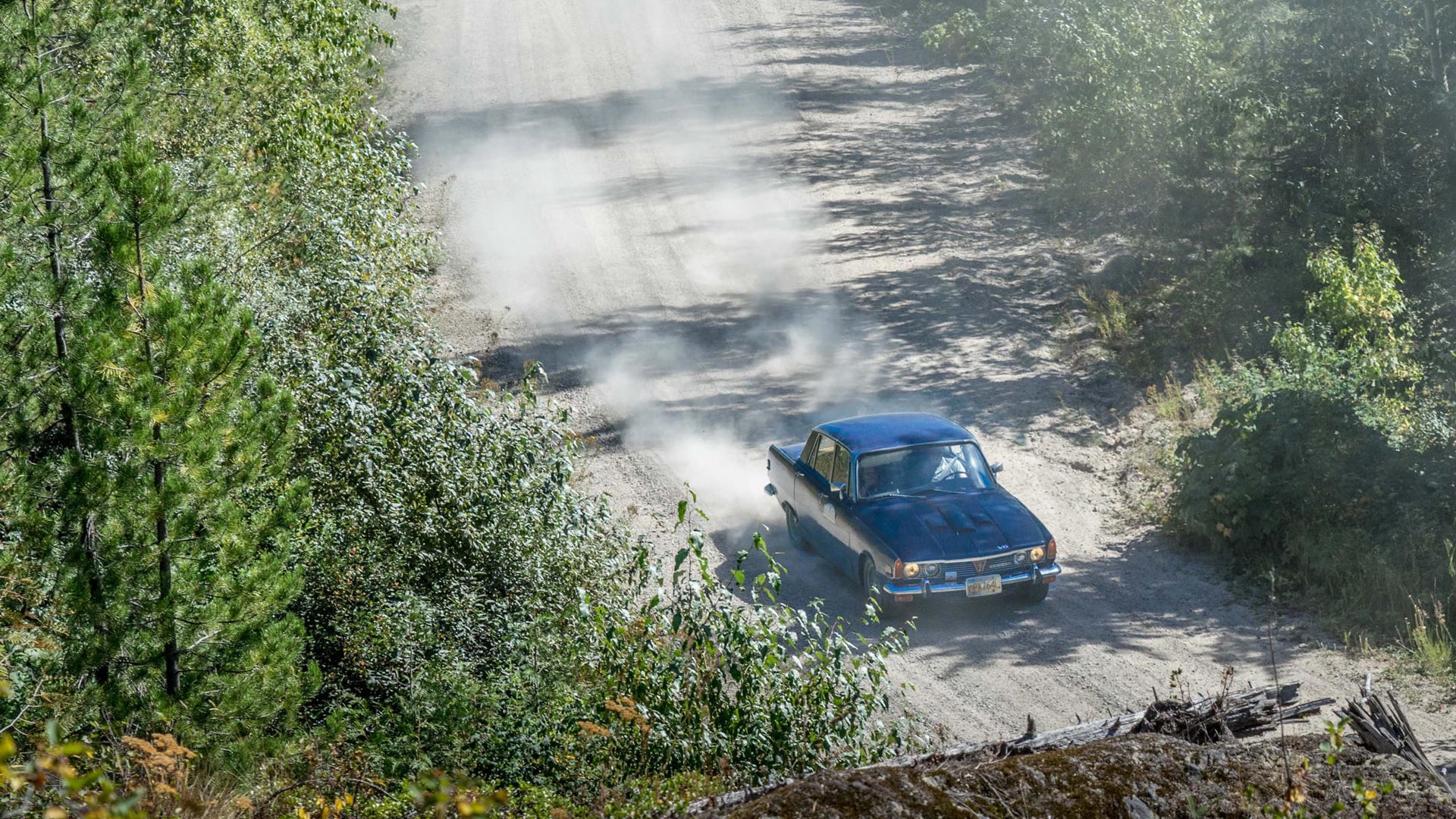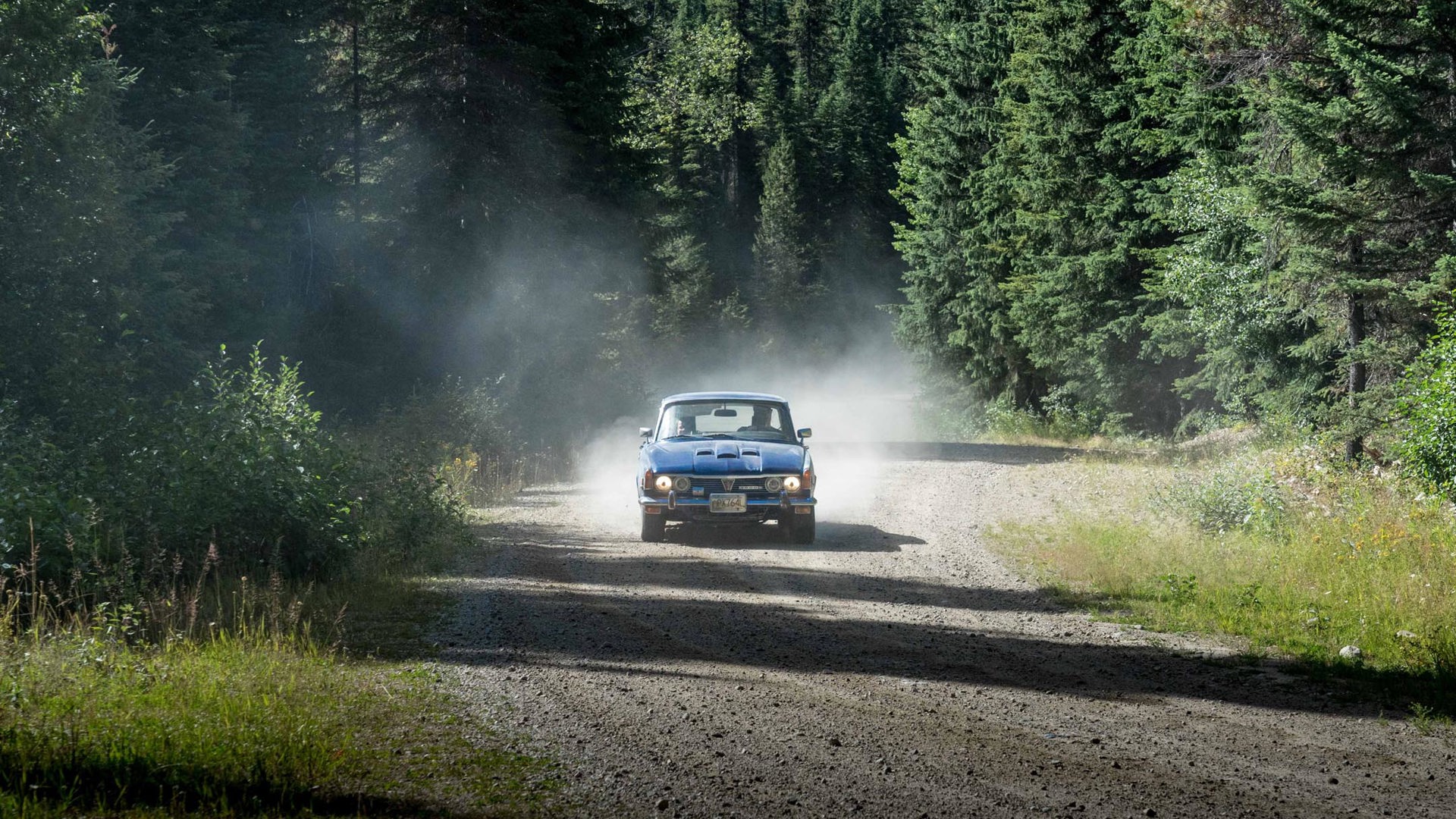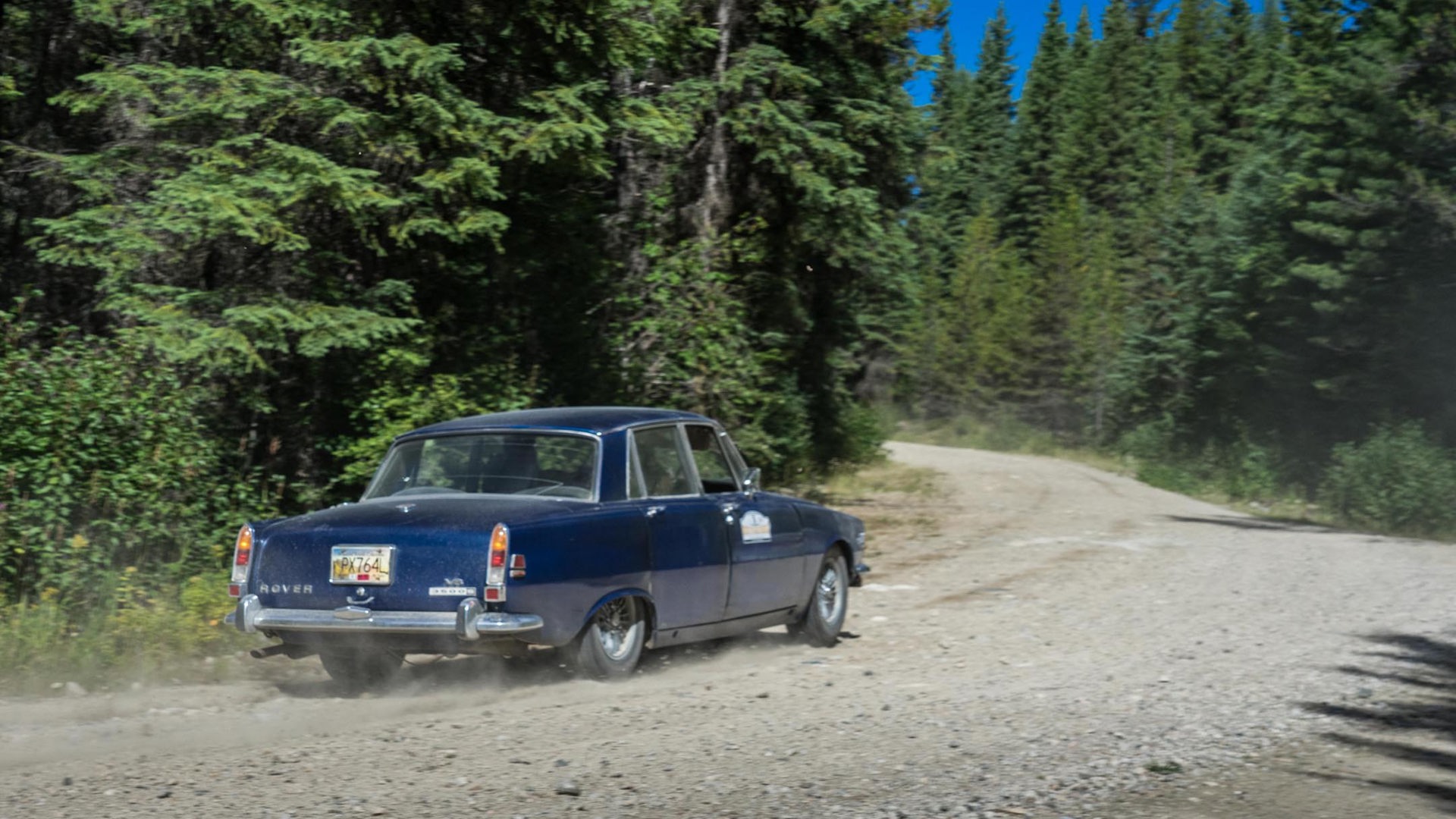If you’ve watched the breakout hit series Ted Lasso, then you will be familiar with the volcanically angry Roy Kent. If not, then you will at least be aware of the concept of the British hard man: tough as nails, doling out the headbutts, quick to fury. The Rover V8 is that ethos on wheels, a disreputable soccer hooligan with a V8 and a fractured grille badge. This is the story of why one little girl loves it very much.
Morgan Hay is that girl’s father, and the owner of this 1970 Rover P6 3500S. A lawyer by trade, he is no stranger to turning a wrench in his spare time. This is a useful hobby to have, because the choice with British car ownership is to either to pick up some mechanical aptitude, or start walking.
“When I had my Series III [Land Rover], I found that no one wanted to work on an old Land Rover,” Hay says. “I basically was forced into learning how to fix things.”
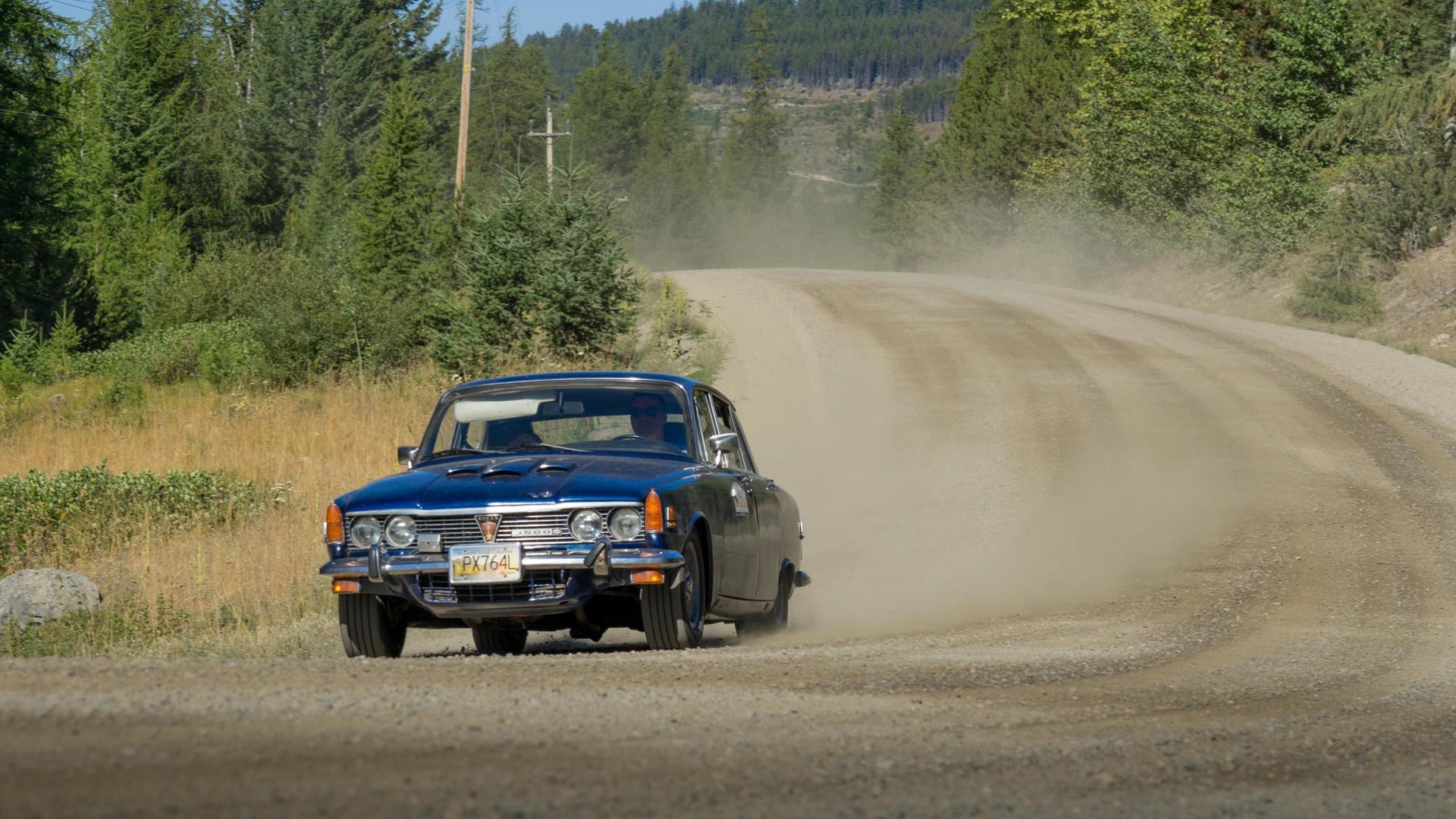
Hay first saw a Rover P6 up on a lift (its natural habitat) at a friend’s shop, and was intrigued by its look and unusual front suspension. Launched in 1963 as the four-cylinder Rover 2000, the P6 may be thought of as Britain’s Citroën DS21. Elegance may not be readily apparent beneath the faded blue paint and road dust, but this was a trim and tidy business suit in its day, and quite a revolutionary design.
As with the Citroën, the suspension is pretty heady stuff. Up front, horizontal coil springs are braced against the unibody, their action transferred to the vertical by an L-shaped crank. Out back, a sliding-tube De Dion suspension ensured that the driven wheels would get the power to the ground. If this all sounds quite complicated, it is; but it also worked very well. The four-cylinder P6 was as smooth and comfortable as larger six-cylinder-powered competitors, and a success out of the gate.
Originally, a gas-turbine engine was planned for a more powerful production model. Instead, Rover opted to use an all-aluminum 3.5L V8, which was actually a licensed copy of the Buick 215ci engine. Rover used this engine with mechanical upgrades and increases in power and displacement for more than 45 years. You can see a couple of V8-powered British police cars in the background of the trailer for the upcoming Cruella movie – British bobbies loved the extra grunt for pursuing the criminal element. You’re nicked, mate.
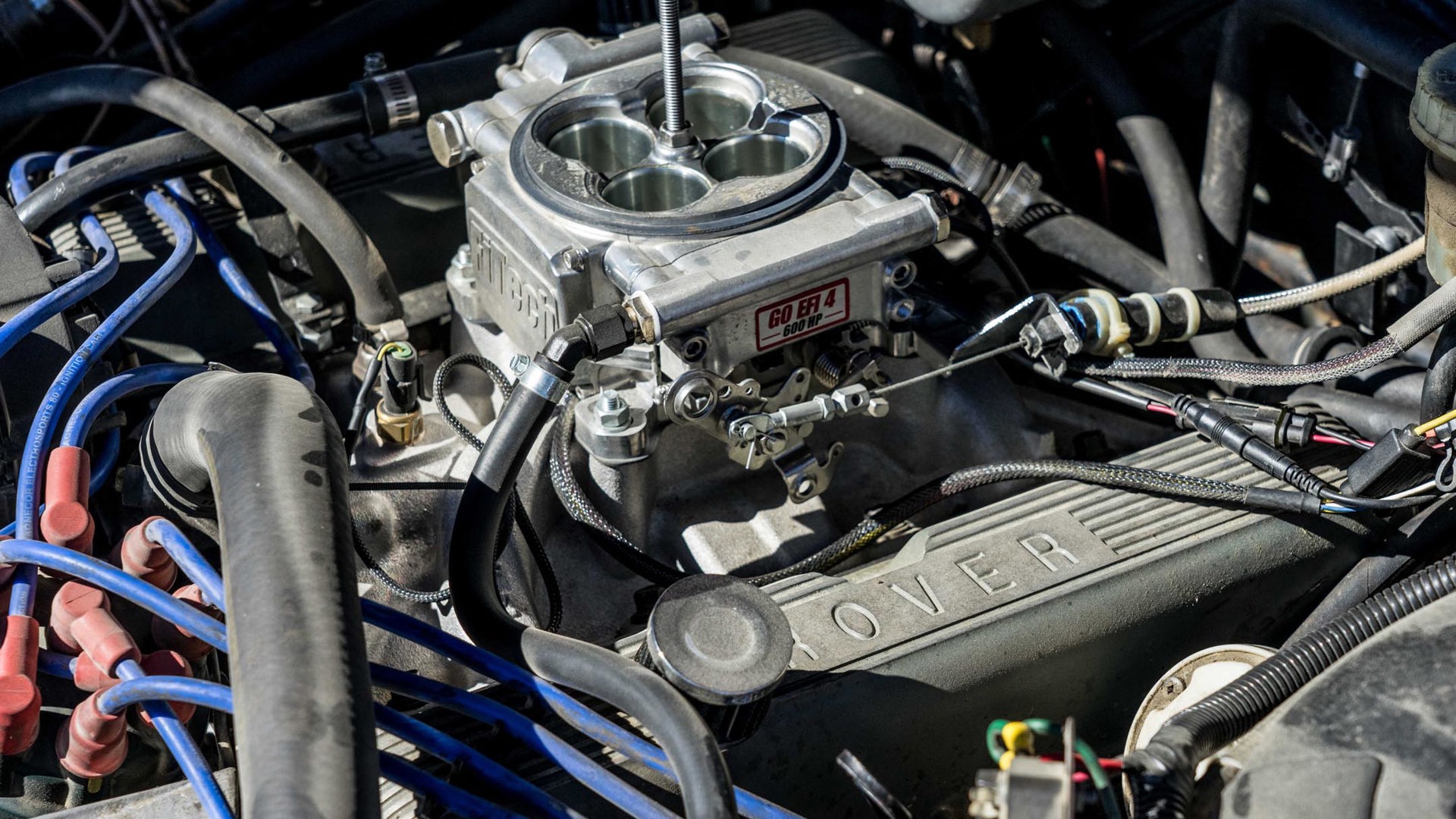
However, there was a problem. In North America, the V8-powered versions of the Rover P6 were paired with a power-sapping three-speed automatic gearbox, one that tended to slur its way through changes like it had downed too many lunchtime pints. The manual models, dubbed S for Synchromesh, were more than a second quicker to 60 mph, and were more efficient to boot. We never officially got them.
Thus, when the Rover Car Club of Canada’s president put his manual-swapped P6 V8 up for sale, Hay jumped at the chance. Even though he had to run the gauntlet to get it.
“He was a machinist up in Lytton, and there’d just been a big snowfall. I called him up and he said there had been a lot of interest in the car, but the roads were blocked by snow. I said no problem, I’ll jump in my Land Rover and be up there shortly.”
Against the rugged tenacity of an old Land Rover on skinny tires, snow doesn’t stand a chance. Hay bought the car in November of 2016, and drove it down when the roads cleared. It needed work, but he had it sorted out and running by the spring of 2017. Just for fun, he decided to see what the old beast would do around an autocross course. His then 9-year-old daughter, Simone, decided to come for a ride.
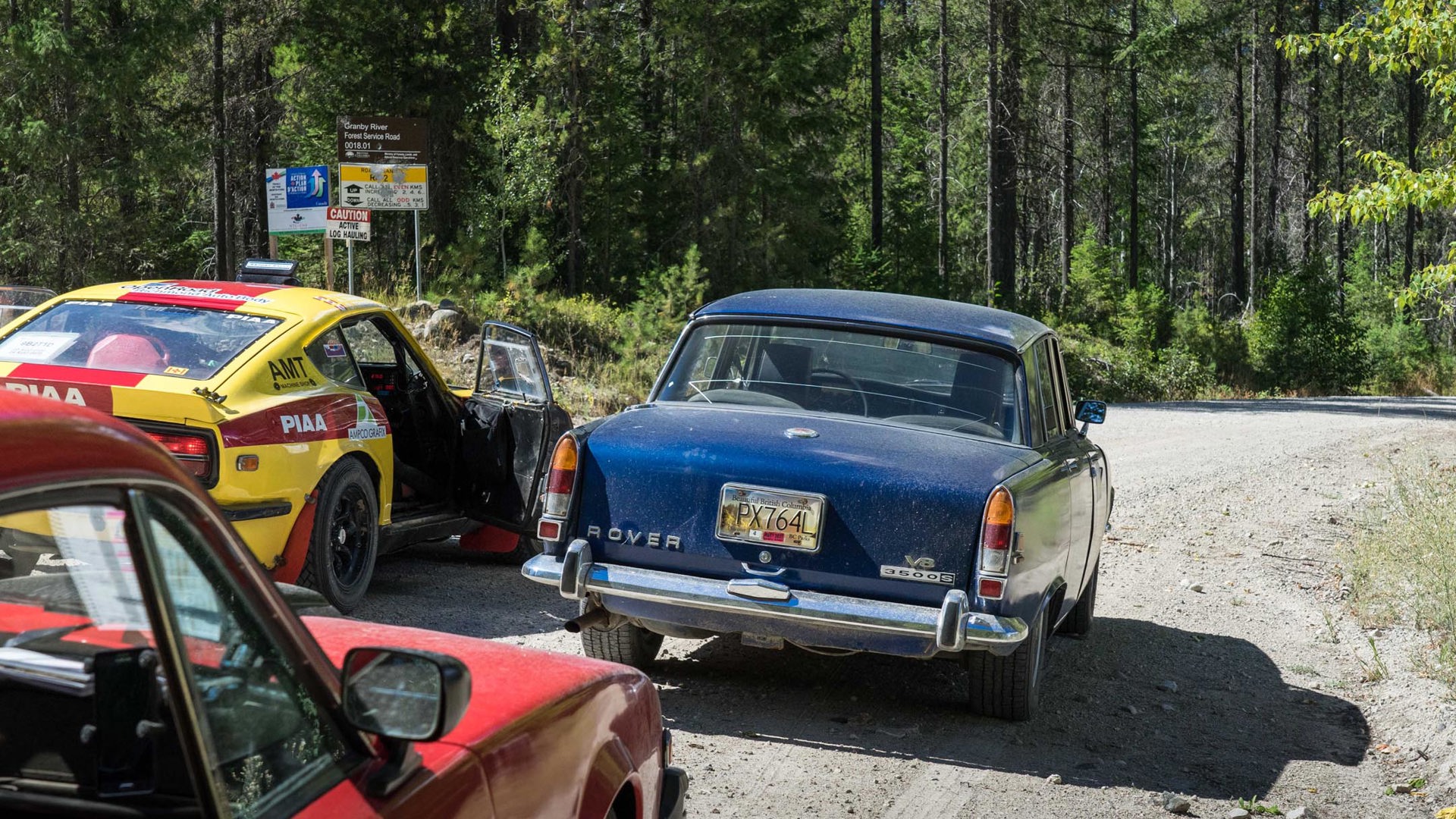
Rover P6s might not look sporting, but they do have genuine racing pedigree. A widebody version driven by British Saloon Car Championship winner Roy Pierpoint chocked up wins at storied British racetracks such as Castle Combe and Silverstone. A sister car competed at the Nürburgring’s brutal 84-hour Marathon de la Route. There, it was lapping at averages of four minutes faster than the Porsche 914/6 factory team effort and leading the race overall, when a driveshaft failure forced the team to withdraw.
Hay’s Rover was hardly motorsport-prepped, body-rolling through the course like a small yacht. However, the onboard footage of the run shows magic at work. Up front, Simone pinballs from side to side with the g-forces as her dad concentrates. She’s laughing her head off the entire time.
It’s at-once a potential feature article for Negligent Parenting Magazine (long-time subscriber, here) and also just the best thing ever. The genteel roar of a British V8, some hard-a-starboard steering, and the experience of speed and motion – the essence of automobile.
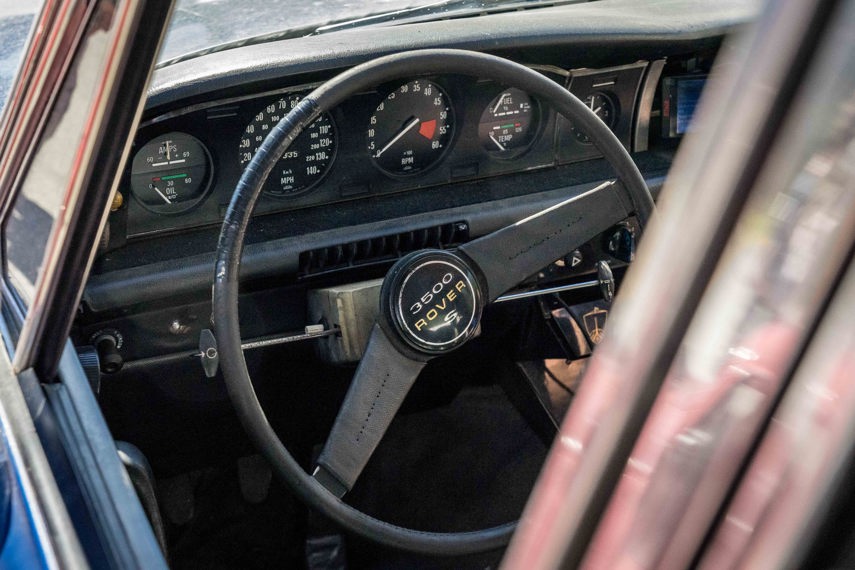
Sensing that his daughter might share in his automotive passions, Hay set a course for a longer road trip, though not right away. First, he had to make sure that Simone was up for greater adventure.
“A three-day trip is pretty different than a few seconds around an autocross course. I wasn’t sure a 9-year-old wouldn’t get bored.”
So, he set up a 45-minute route with some rally-style directions, and an ice cream shop at the end. If Simone read out the directions correctly, they’d both get ice cream. If she enjoyed the experience, then maybe it was time for a bigger challenge. They did, and she did, and it was.
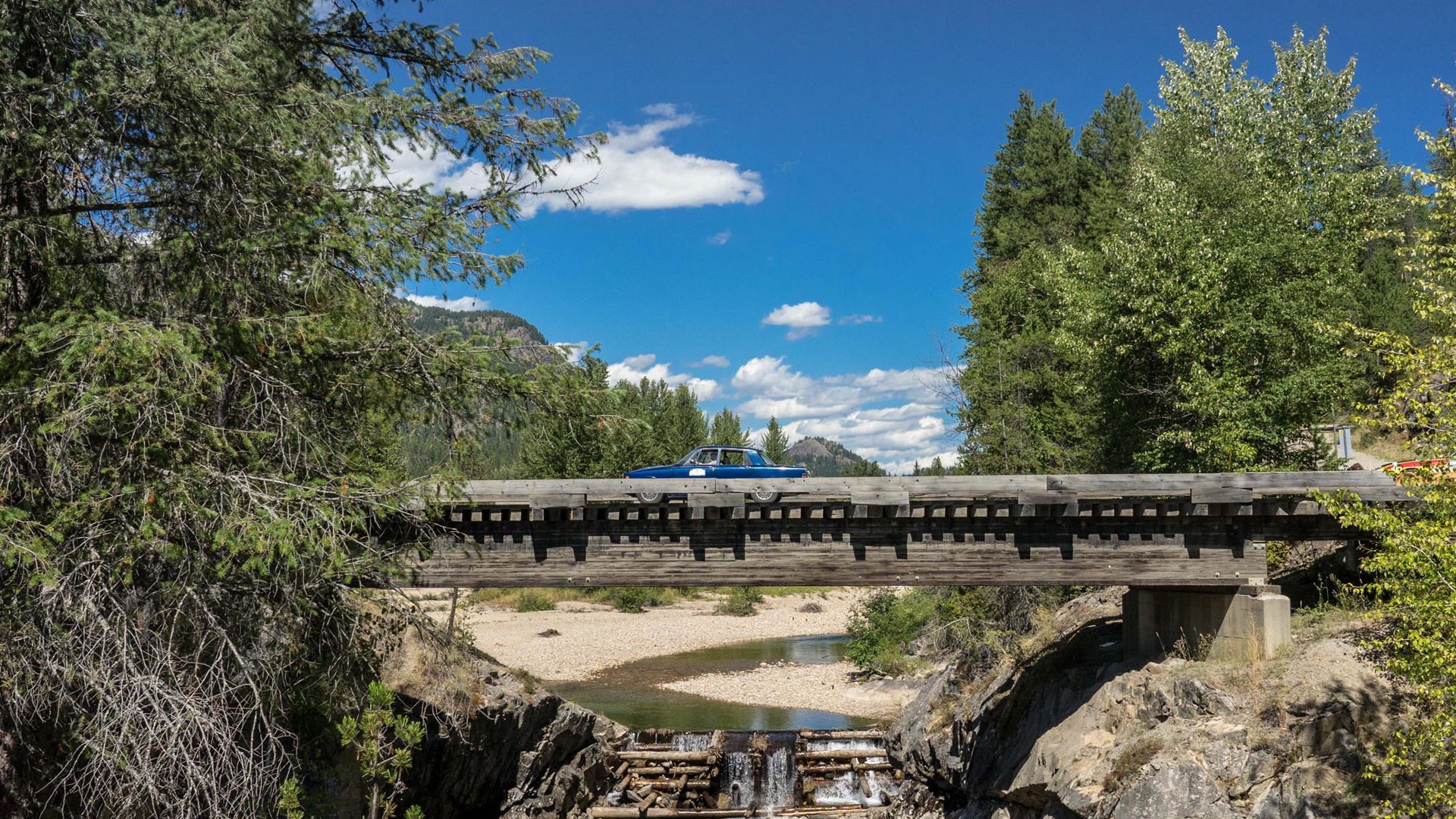
Thus, Morgan and Simone found themselves picking up their lanyards and route books for the 2017 Rush to Gold Bridge. Perhaps the most rugged of the events put on by Classic Car Adventures, a budget-friendly touring company that does exactly what their name says they do, the Rush involves gravel backroads, turn-by-turn directions, and no maps. Also, course director Dave Hord never pre-sweeps the route because, quote: “Where would the adventure be in that?”
Hay had done previous CCA events with his wife Tara Nelson, and he reports that Simone was a natural. She tracked the mileage over the thousand-plus-kilometre route, called out the turns right on cue, and the pair never got lost. “Unlike my wife,” Hay adds with a laugh, “she tells me before she decides to take a nap.”
The Rush to Gold Bridge (there’s a new route every year, and it doesn’t actually go to Gold Bridge, B.C.) has become a father/daughter/Rover tradition. The P6 growls gruffly from its eight-cylinder engine, now swapped for a larger 4.0L version, and fitted with fuel injection. The miles pass, and Morgan and Simone fill the hours with conversation. The Rover does not have a functioning stereo.
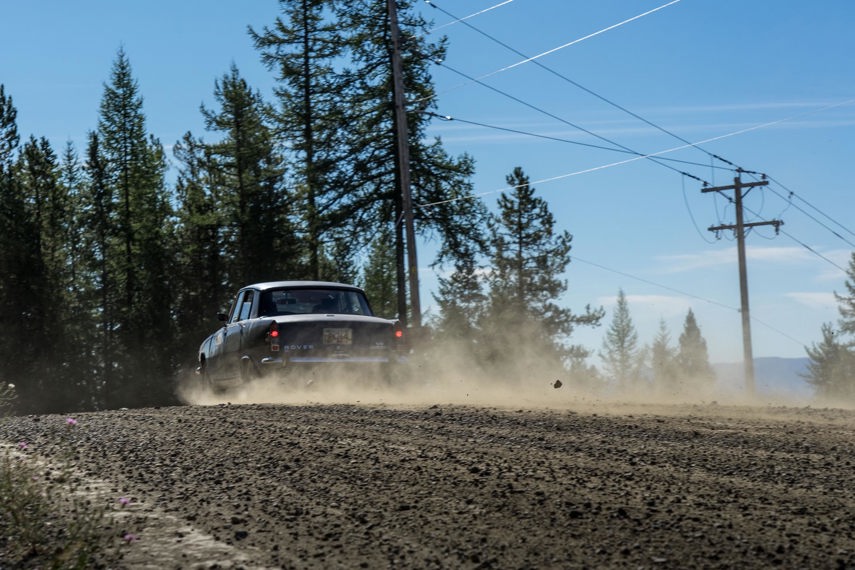
“I’ve always said that if you think you can’t live without a radio, then you need a better motor,” says Hay, later adding, “In a time of technology and screens and a bottomless soup bowl of entertainment, the ability to have a sustained conversation is a rare thing.”
Today, Simone is 13, not a little girl anymore, but a teenager. Yet she’s still signed up to go for the next Rush to Gold Bridge, as soon as the guidelines allow it. And next year’s. And the one after.
“I told her she wouldn’t be able to navigate too much longer,” Hay says. “She looked worried, but then I pointed out that it was going to be her turn to drive soon enough.”
There are miles still ahead to ride together. Conversations and companionable silences to be held over an eight-cylinder backbeat. The P6 grumbles away, angry at everything, an old warhorse, long in the tooth. But, like Roy Kent, the bad temper is just a front. Under the hood, the V8 snarls. Big engine. Big heart.
